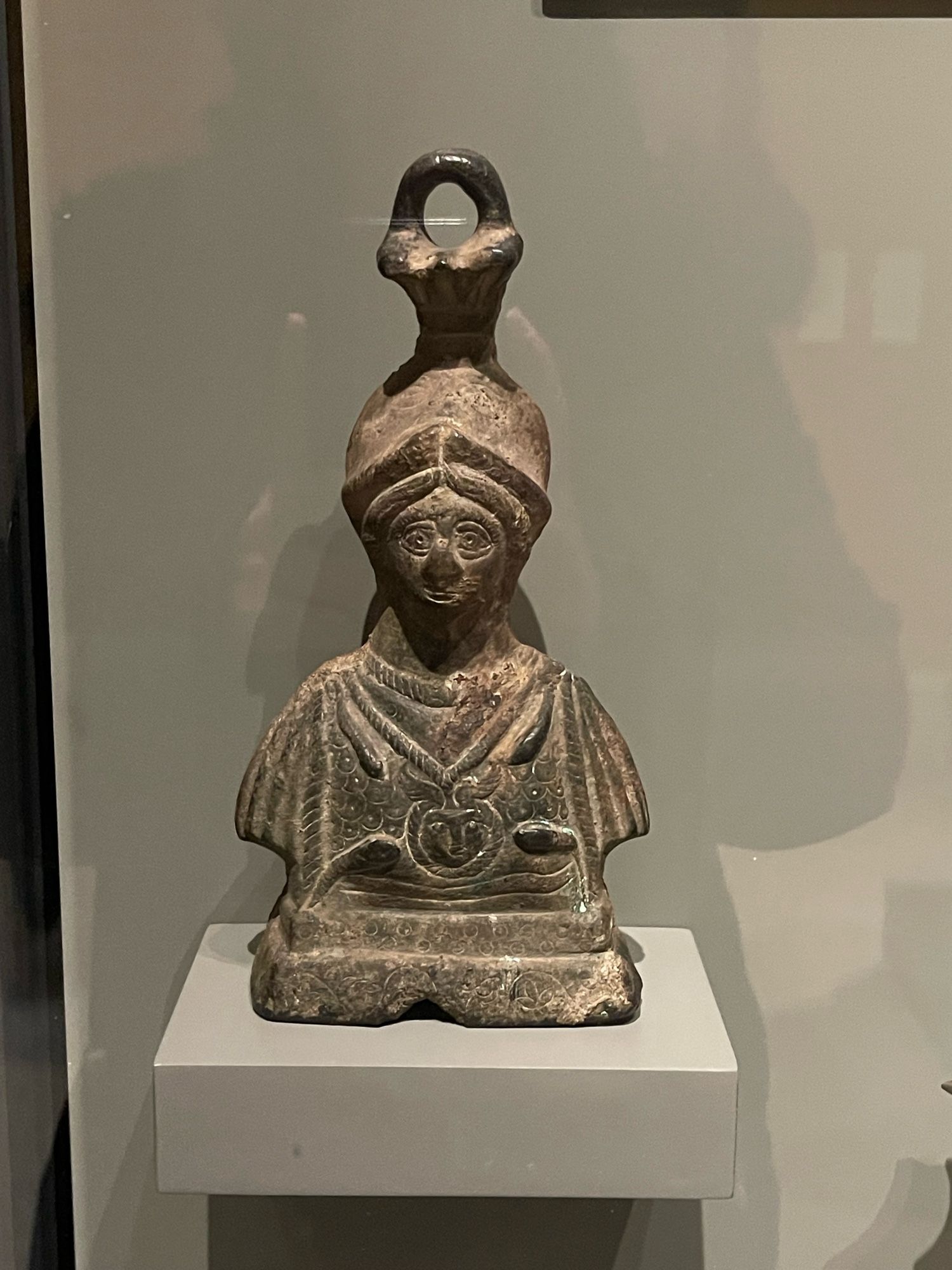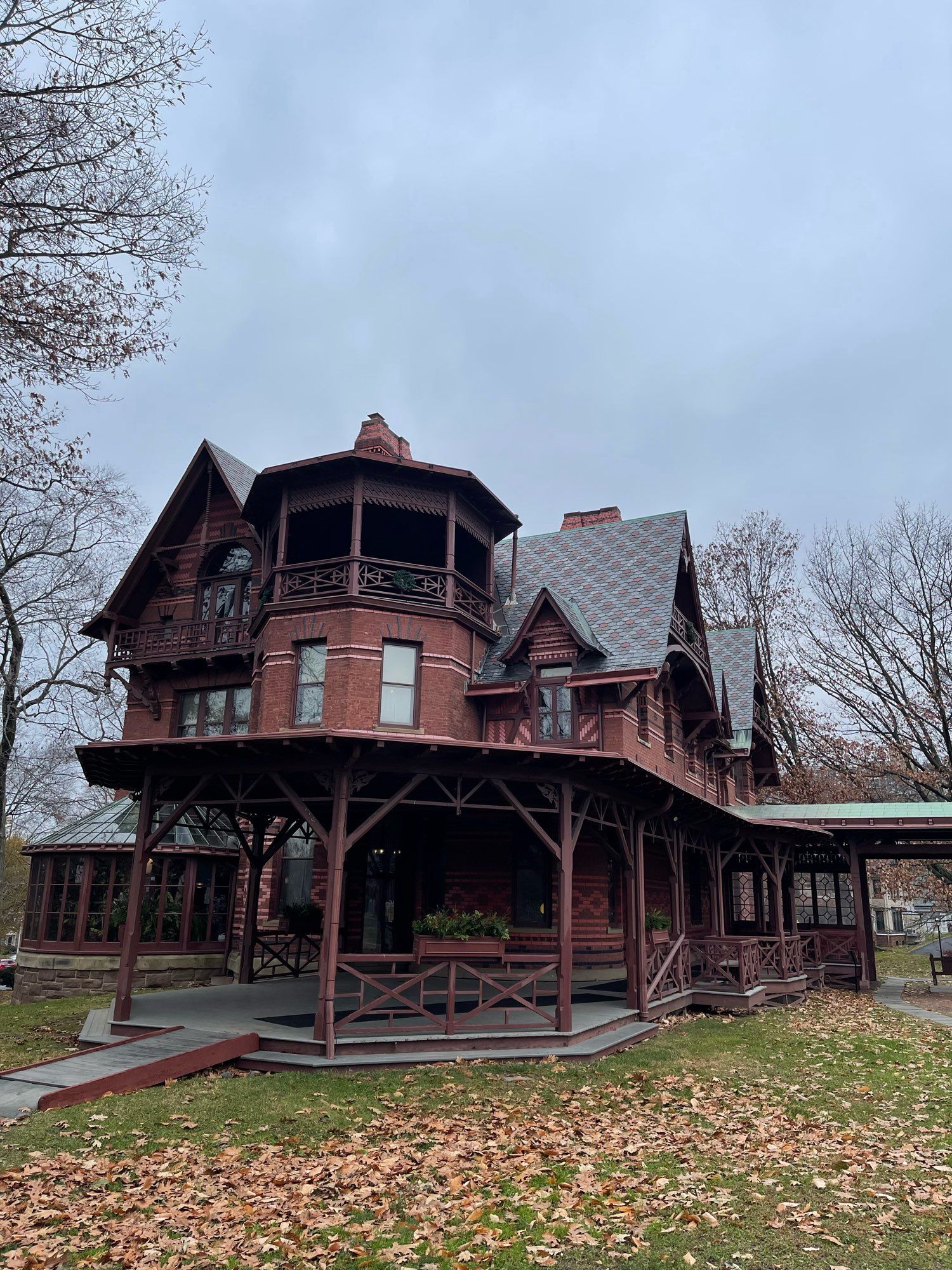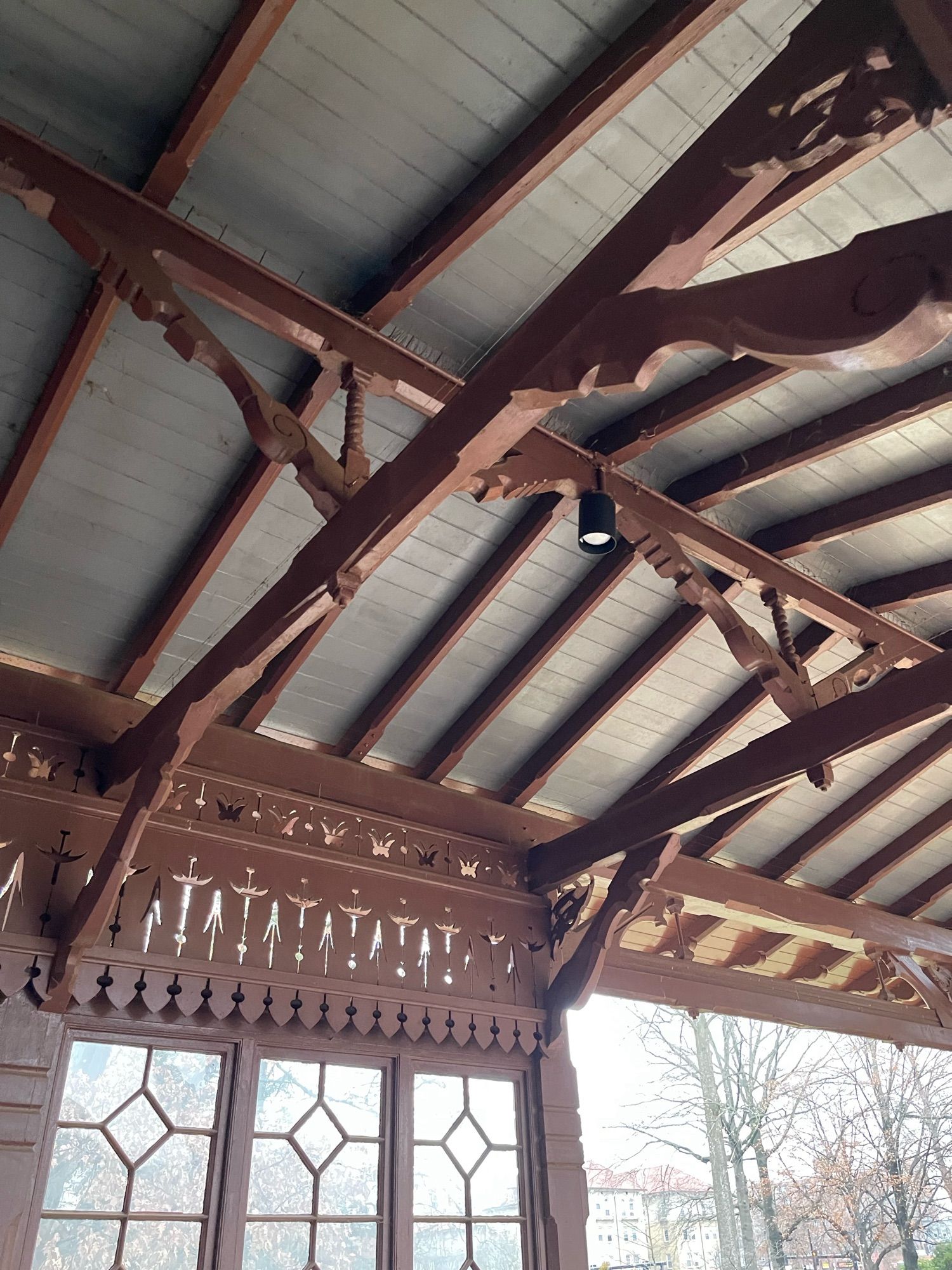
Something I wasn’t expecting to find in the museum was this Roman porphyry basin dated between the 2nd and 3rd century CE. Click the alt tag for additional/detailed information.
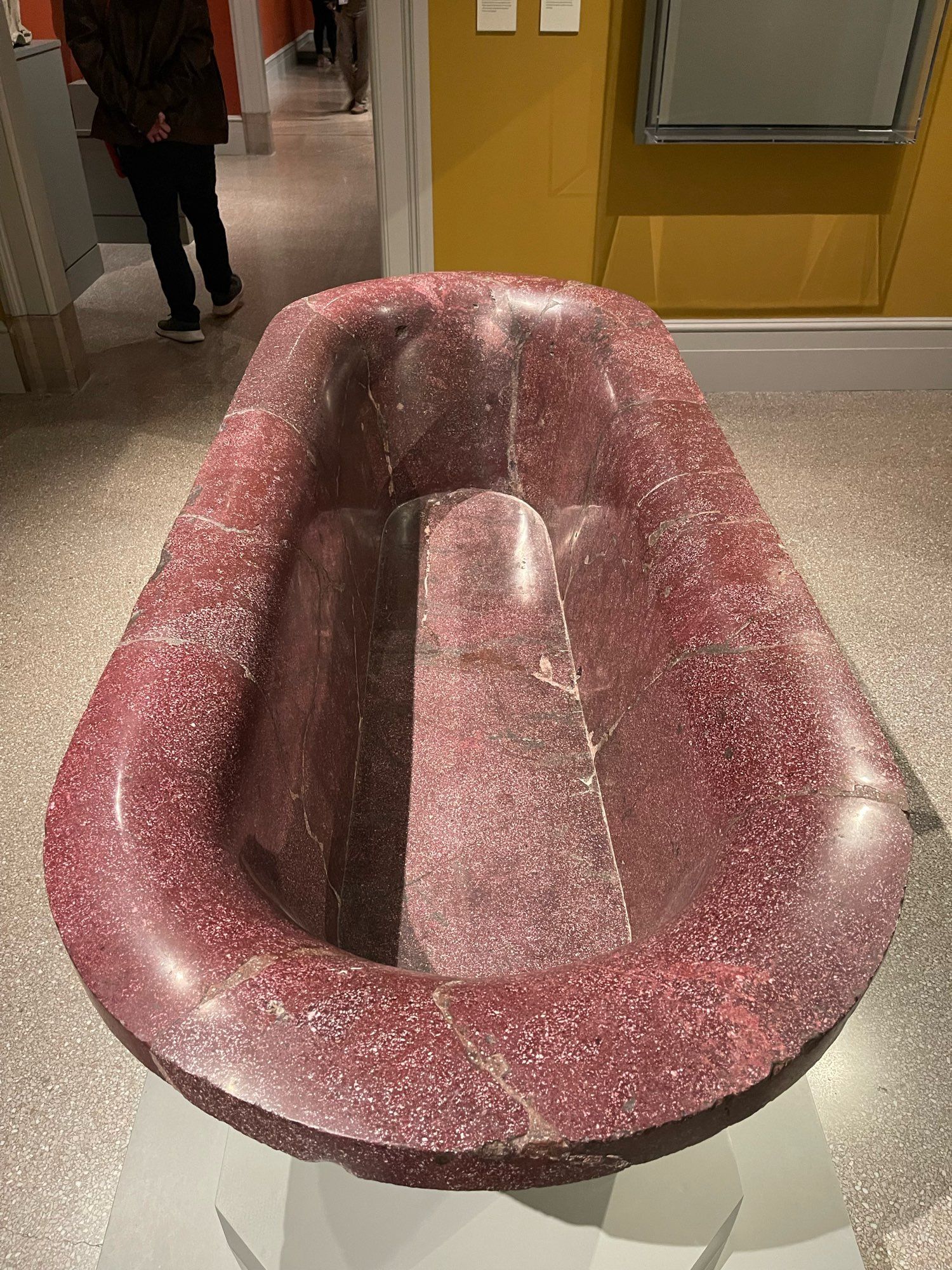
Most definitely a honse
Truly 😂
Roman Egypt; Fayum portrait of a young boy (4th century CE) and portrait of a god on a horse (3rd century CE). The Wadsworth Atheneum of Art in Hartford, Connecticut
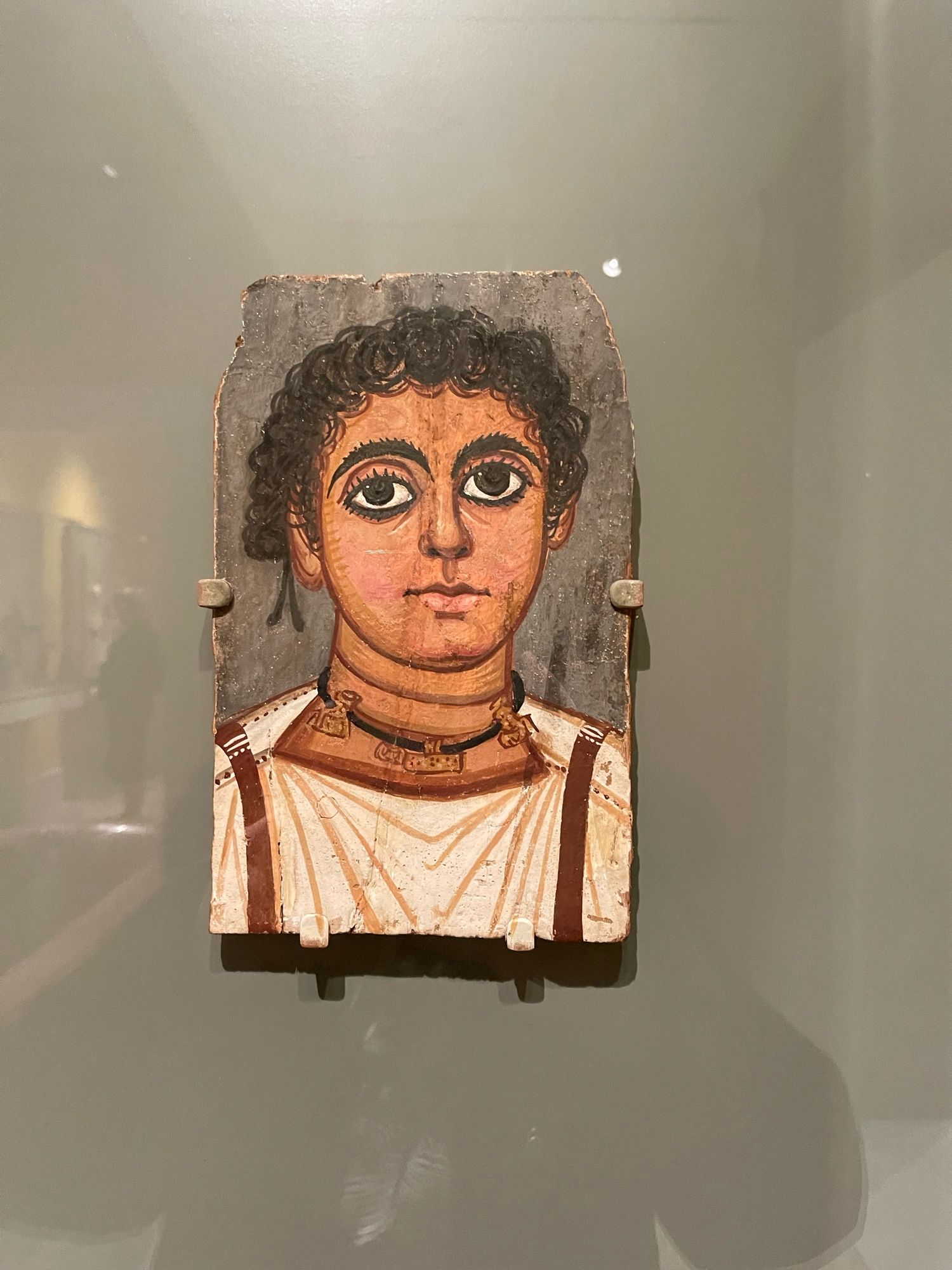
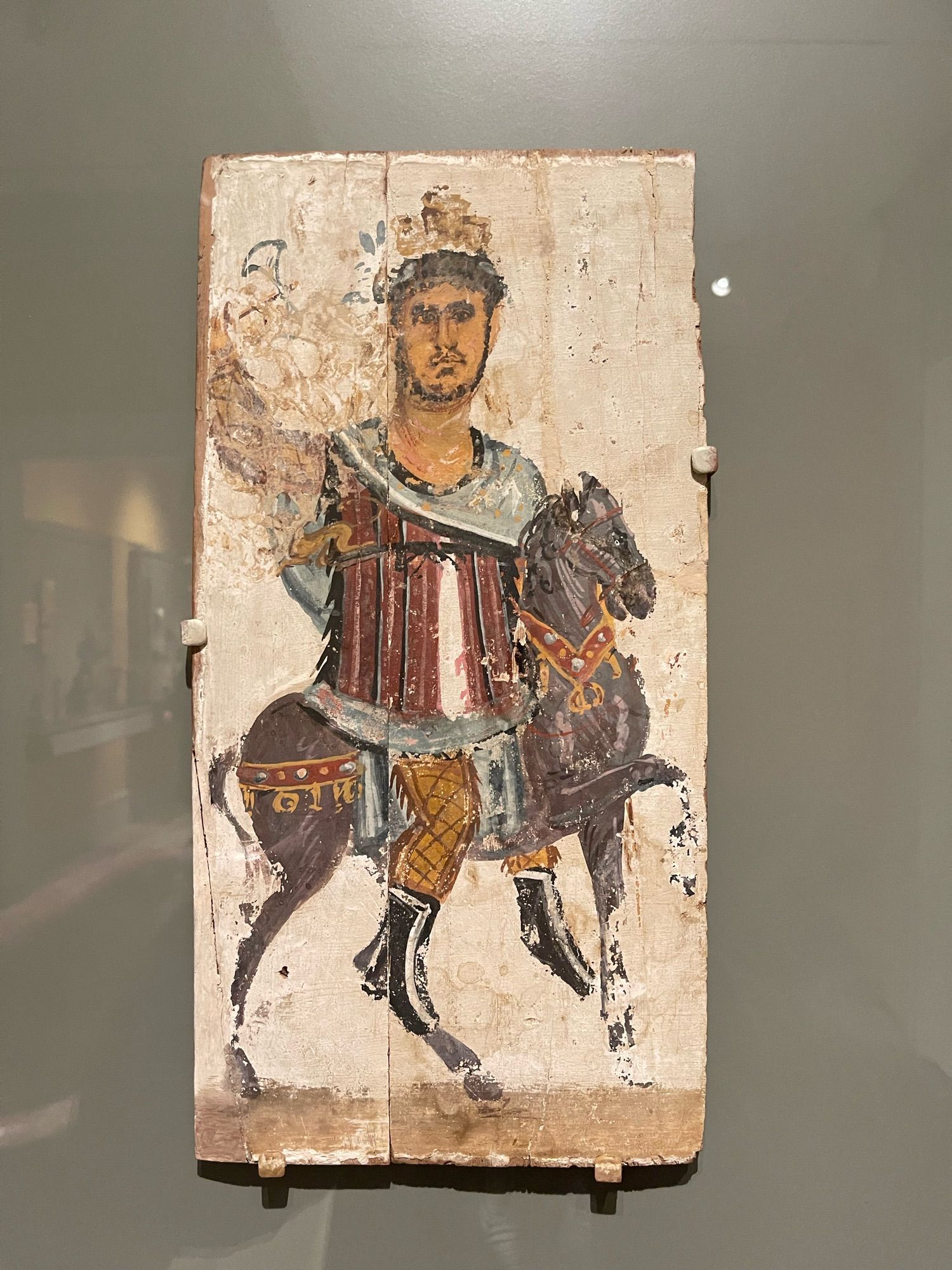
Two lions made of marble in The Wadsworth Atheneum of Art in Hartford, Connecticut. 300 BCE, Greek.
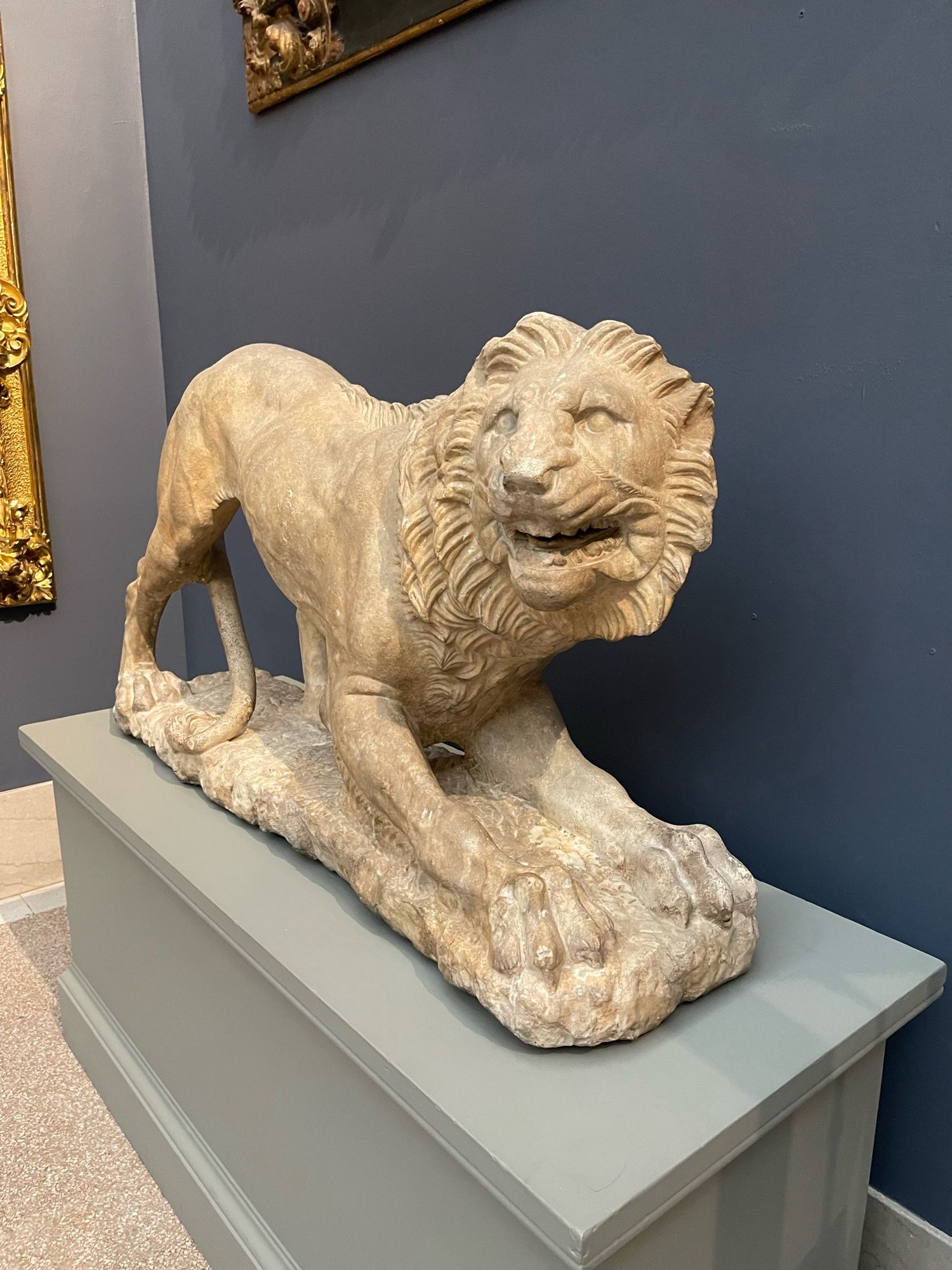

Please share this CFP for what looks to be an exciting, interdisciplinary graduate/ECR conference at SUNY Buffalo next Spring. Honored to be one of the keynotes. #AncientBluesky#ClassicsBluesky

My (open access!) article, "Legionary Coins in the Year of the Four Emperors," just came out: jaha.org.ro/index.php/JA...

